PNG. GIF. TIFF. PDF. JPG. When it comes to choosing a file format for images, the possibilities are endless.
Like many genealogists, I am scanning my family photos. I have several reasons for doing so:
- I want to create a backup in case there is a fire or flood and I lose the originals
- I want to use the scans in my family tree, on my blog, and other publications.
- I want to share the scans with other family members. We may only have one copy of the original, but we can easily create digital duplicates for everyone.
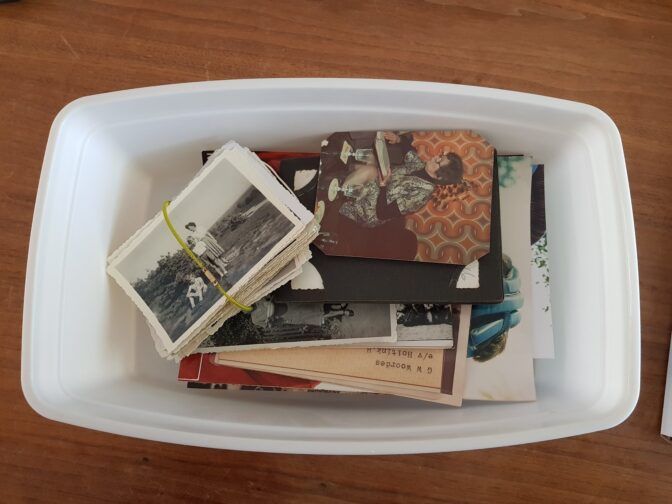
Box of photos from my grandparents
Digital preservation
For this reason, I want to make sure I pick a file format that is good for digital preservation. Digital preservation means you ensure that the file can still be accessed at a future date. Digital preservation has different aspects:
- You want to make sure the file still exists. This requires you to move the file to a new computer if that’s where it’s stored, create backups for emergencies, and move the file to new media if the old media become obsolete (hello, 5.25″ floppy disk!).
- You want to make sure the file can be opened. This requires you to pick a file format that is an open standard, for which many different viewers exist. And not just any standard that someone just thought of last week, but a recognized industry standard.
- You want to make sure that the file is intact. This requires you to choose a file format that is resilient. That means that the whole file will not be corrupted if there is minor damage to the file. This damage, known as “bit rot,” can happen if a hard drive has a bad sector, or a DVD is scratched, for example. That will cause the bits in the file to “flip”: a 0 turns into a 1 or vice versa.
In general, file formats that compress the files will be less resilient than file formats that store each individual pixel separately. This article: File Integrity 6: Which image format is most resilient? does a great job explaining the differences, and includes visual examples of how different file formats cope with bit rot.

Bit rot examples for a JPG file (Wikipedia)
My choice of file format: TIFF
My choice for a file format for my family photos is TIFF.
- TIFF is an industry standard, used by most archives. Many viewers exist, and archives will ensure there are viewers in the future for their own archived images.
- TIFF without compression is a resilient file format. If a bit flips, it will only affect one pixel while the rest of the image will be intact.
The downside of TIFF is that the file size is larger than with compressed image formats like JPG or PNG, but with hard drive costs ever decreasing, I do not think that is a problem. I use the uncompressed version of TIFF, since that is the most resilient.
Resolution: 300 or 600 dpi
I scan my photos at 300 dpi (large photos) or 600 dpi (medium or small photos). Photos have a resolution: the grain of the photo itself. Scanning photos at 600 dpi already gets you to the grain level. Scanning at higher resolution just increases file size without increasing the amount of information captured from the original photo. The higher the resolution, the larger the file, so going beyond 600 dpi just requires needless storage without adding information.
I scan in full-color; even black and white photos, to capture all the details and nuances of the original photo.
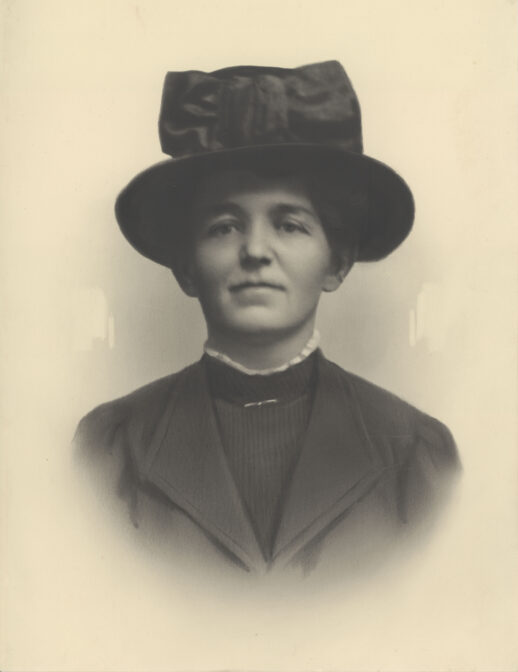
Adriana Trouw (1891-1933)
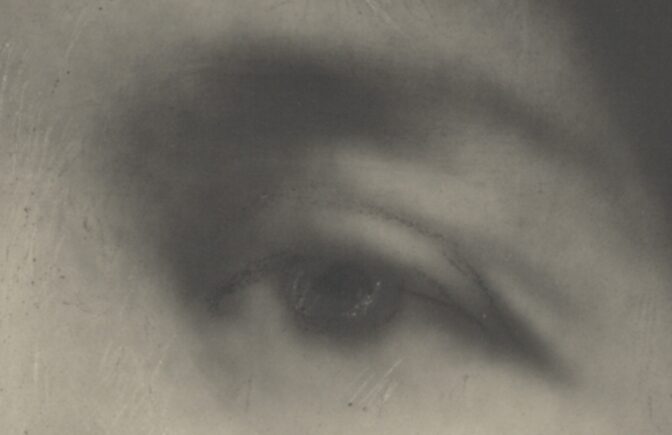
Retouched detail
JPG for sharing
I also create JPG derivatives. JPG is a great file format for sharing online. You can add JPG photos to online trees, social media, and blog posts. I use Photoshop Elements to create them in bulk.
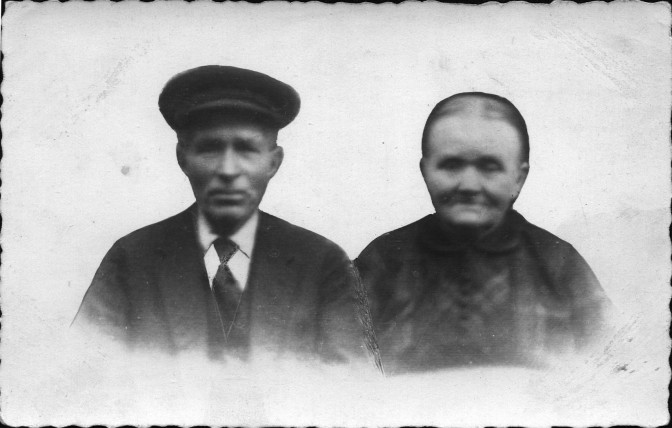
Hendrik Hoitink and Johanna Piek
Preserving the originals
I preserve the original photos in albums with acid-free sleeves. The albums are archival boxes with a binder in the back. The transparent sleeves allow me to see the front and the backs of the photos. I bought mine from Jansen, Weismuller & Beuns, a supplier in the Netherlands. I know Gaylord is a well-known international supplier of archival safe boxes and sleeves. A vast improvement over the plastic box with rusty hair band, isn’t it?
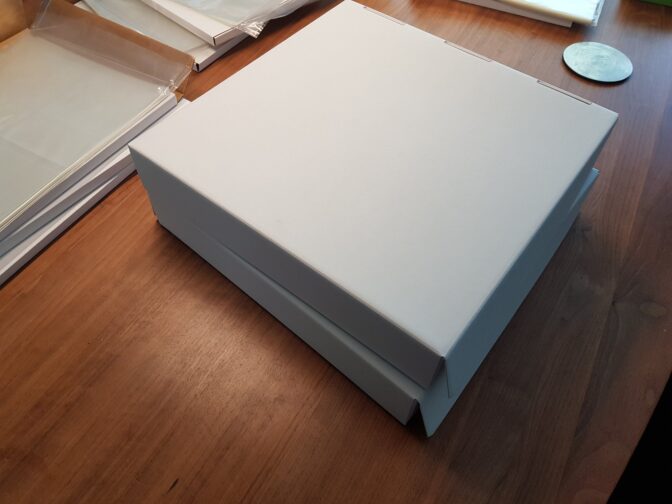
Photo album boxes
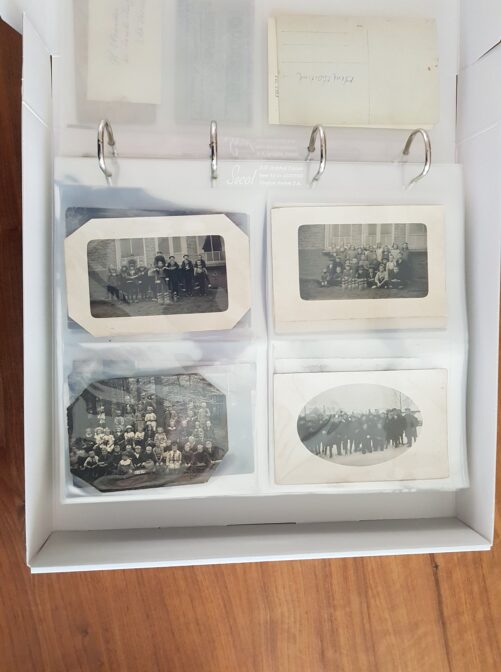
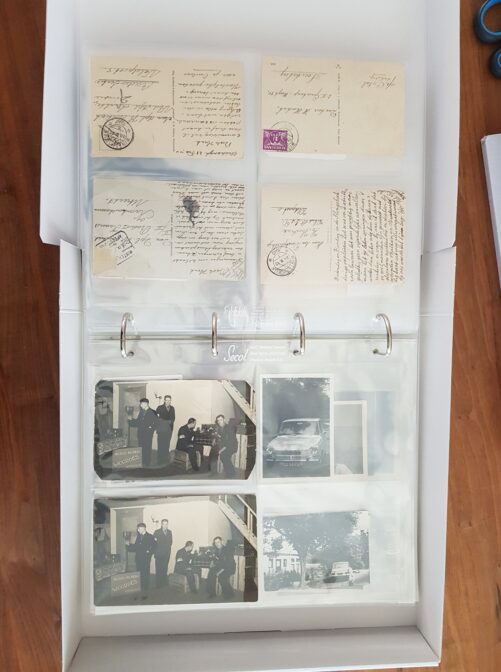


Hi Yvette, Your articles are always appreciated. In the U.S. University Products carries such archival, photo storage binders.https://www.universityproducts.com/
Thank you for this post, Yvette. I had no idea about bit rot.
I would love to preserve photos in archival materials but they are well beyond affordability. I have well in excess of fifteen thousand originals. I think for my requirements it is better to consider which archive can/should receive them and instead work toward that goal.
What do you do about the metadata associated with each photo: caption, people in it, location, presumed date, etc.? Do you include it in the photo, or manage it in a separate database?
I put that in the EXIF datav of the file and in my genealogy program where I attach the image.